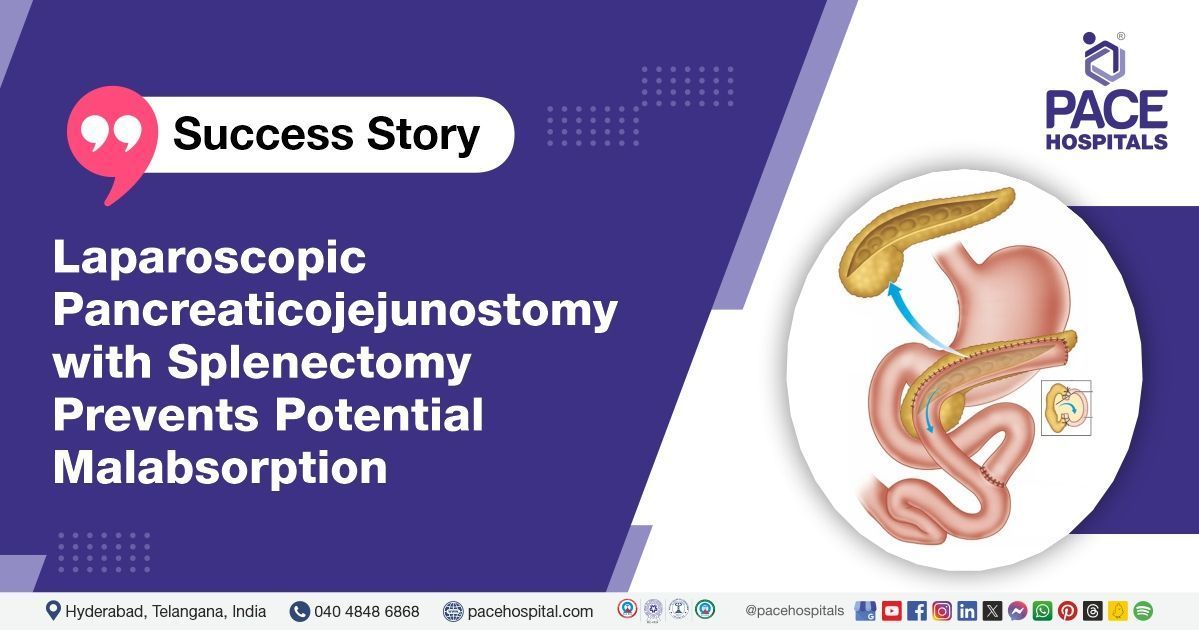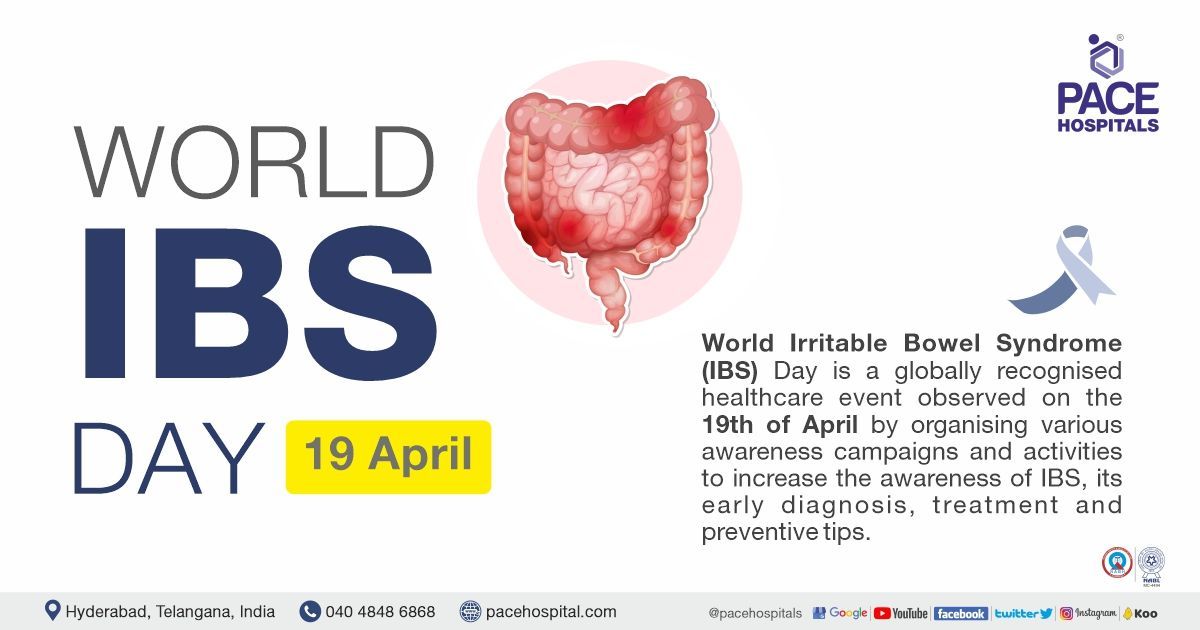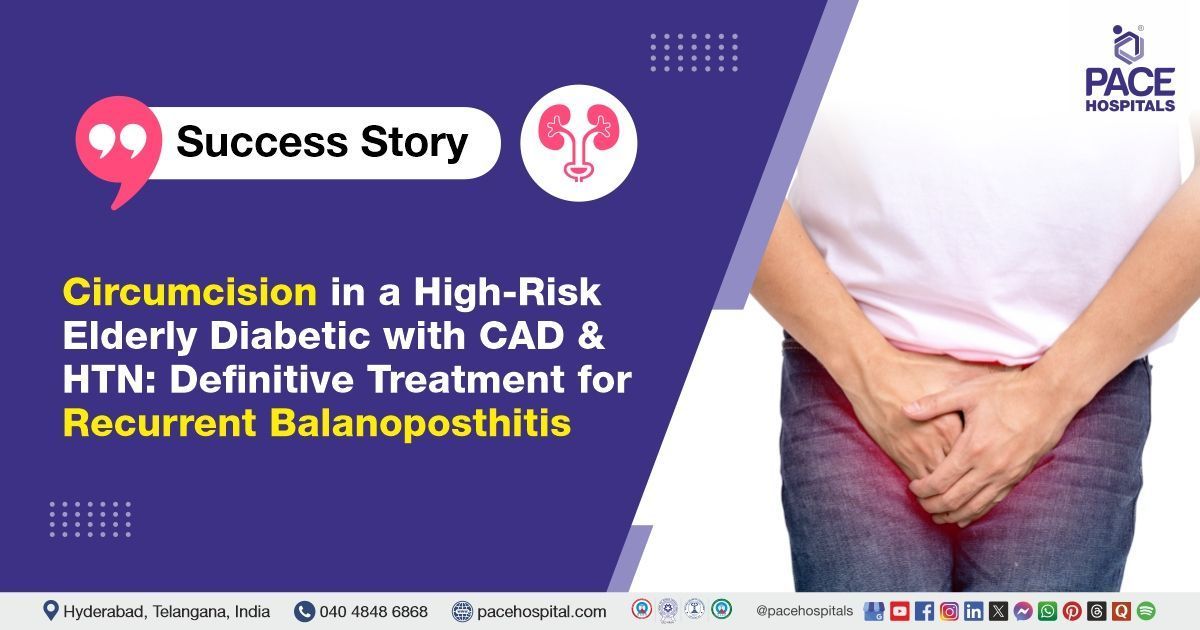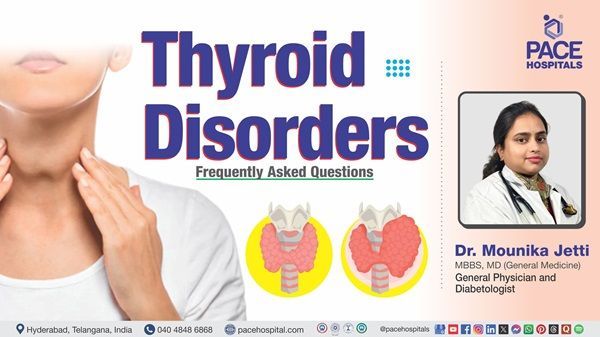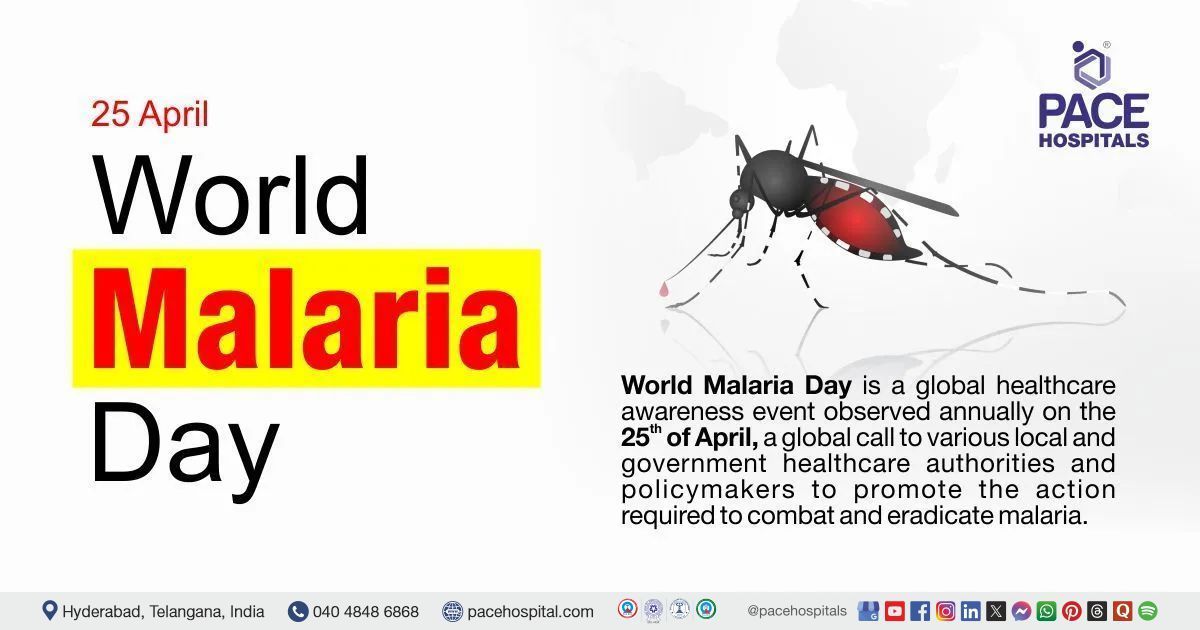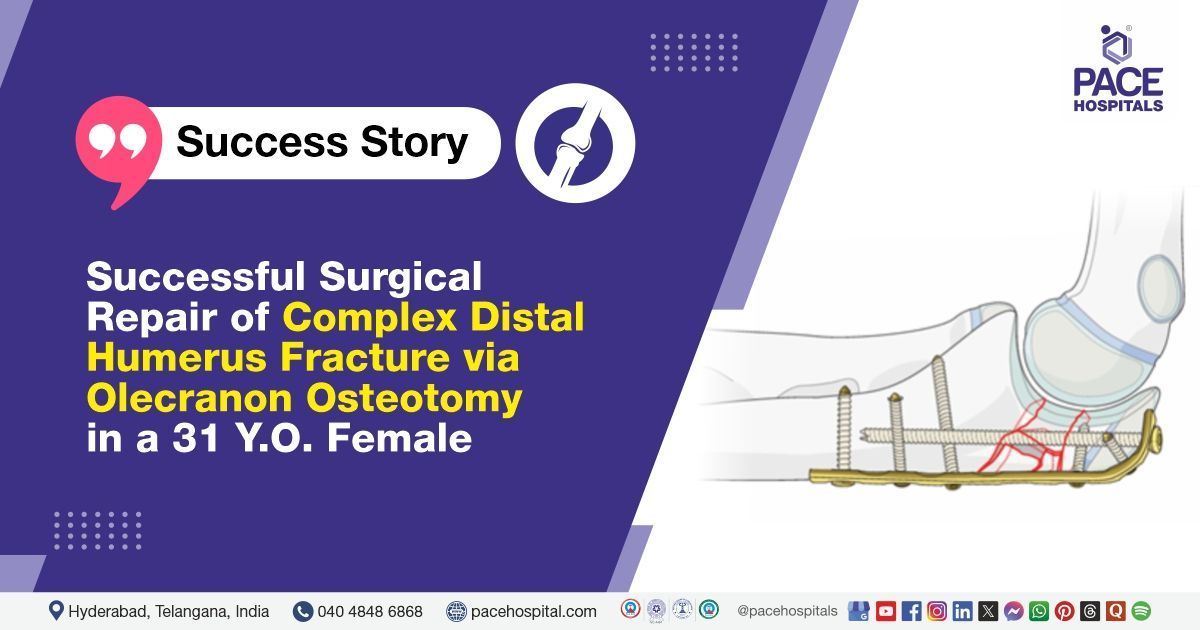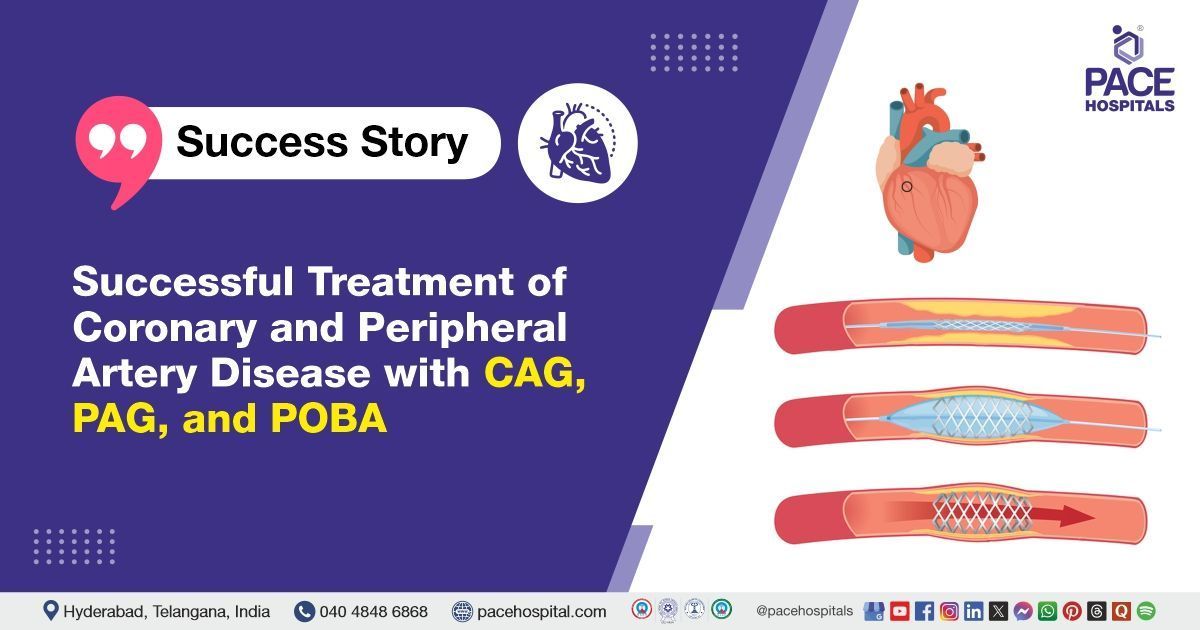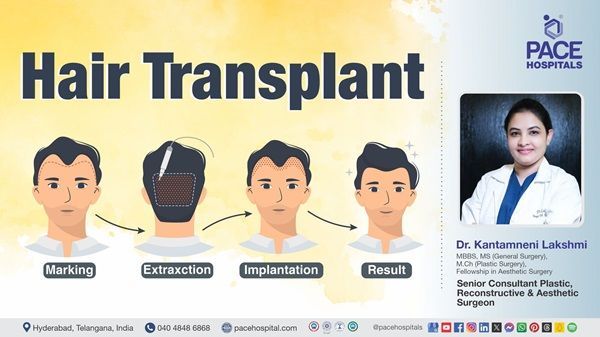Laparoscopic Pancreaticojejunostomy with Splenectomy Prevents Potential Malabsorption | Case study
Pace Hospitals' surgical gastroenterology team successfully performed laparoscopic pancreaticojejunostomy (LPJ) along with splenectomy in a 38-year-old adult male (Rajesh) suffering from acute on chronic pancreatitis with pseudocyst.
A 38-year-old adult male (Rajesh) with complaints of recurrent pain in his upper abdomen was referred to PACE Hospitals for further treatment.
Medical history and diagnosis
Delving deeper, it was understood that the patient was experiencing recurrent pain in his upper abdomen since a couple of months. Upon visiting local healthcare centre, the patient was subjected to contrast-enhanced computer tomography (CECT) among other investigations. It was concurred that the patient was diagnosed with:
Acute on chronic pancreatitis with pseudocyst
Along with complex pseudocyst in the head and neck of pancreas, moderate ascites (building up of fluids in abdominal cavities) was also detected.
Pancreas is an organ which helps in digestive and metabolic maintenance in the body. Pancreatitis is the inflammation of pancreas and in severe pancreatitis the pancreatic duct leaks the digestive enzymes which could irritate the surrounding tissues forming a fibrous capsule -a pseudocyst. Pancreatic pseudocyst is an encapsulated fluid that forms outside the pancreas due to injury, commonly caused by pancreatitis.
Although pancreaticojejunostomy procedure could help in treating the disease, the procedure requires competency in gastrointestinal surgery accompanied with the necessary cognitive and technical skills to achieve the proficiency. Understanding the same, the patient initiated their quest for centres that perform pancreaticojejunostomy procedure with accuracy.
In their search, they came across PACE Hospitals in Hi-Tech City, Hyderabad. Compared to other centers, PACE Hospitals are equipped with state-of-the-art advanced endoscopes, round-the-clock guidance from highly qualified surgeons and physicians along with minimal waiting time for both inpatient and outpatient processes among other expertise facilities – all within affordable prices.
Course in PACE Hospitals
Upon being admitted to PACE Hospitals the diagnosis was confirmed (acute on chronic pancreatitis with pseudocyst) through appropriate investigations.
Treatment surgery
After consultations with the team of gastroenterology experts, Dr. Govind Verma, Dr. M Sudhir, Dr. R Venkatesh Reddy, Dr. Prashanth Sagu, Dr. Suresh Kumar S, Dr. Phani Krishna Ravula, the treating surgical gastroenterologist asserted that performing laparoscopic pancreaticojejunostomy (LPJ) would be the best choice of therapy to treat this condition.
With necessary investigations done & clearances obtained, the patient was administered intravenous antibiotics and later the laparoscopic pancreaticojejunostomy procedure was performed.
During the procedure, the surgeons found:
- Intrapancreatic pseudocyst involving the head of the pancreas measuring 5*4 cm (collection of pancreatic fluid surrounded by a non-epithelial fibrosis tissue)
- Multiple intrapancreatic ductal stones (The intrapancreatic ductal stones are caused by chronic pancreatitis due to the decreased secretion of pancreatic stone protein, leading to crystal formation.)
- Firm pancreatic texture (common in pancreatic pathology. Pancreas is usually soft but hard and firm texture could be linked with distal cholangiocarcinoma, neuroendocrine tumours, chronic pancreatitis among others)
- Pancreatic ductal diameter nearly 7mm (correlating chronic pancreatitis. The diameter of the pancreatic duct is on average 4 mm in the head of the pancreas, 3 mm in the body and 2 mm in the tail.)
Along with pancreaticojejunostomy, the gastro surgical team surgeons also performed splenectomy. Although not a frequently accompanied procedure, splenectomy is often done with pancreaticojejunostomy. While there could be various reasons (such as splenic vein occlusion, or splenic vein thrombosis) for the inclusion of splenectomy with pancreaticojejunostomy, the most common in these cases include an unrecognized intrasplenic component of a pseudocyst (extension of pancreatic pseudocyst).
After the procedure is completed, a percutaneous catheter drainage (PCD) tube was placed to drain the ascitic fluid. The pancreatic abscess (intra-abdominal collection of pus around the pancreas) might cause sepsis. In such cases, percutaneous drainage is performed with a minimally invasive technique.
The aftermath
The postoperative period was uneventful. The splenic fossa drain was removed, and a liquid diet was started from the second day after surgery. During the hospitalisation, antibiotics and proton pump inhibitors were provide via intravenous route. Other supportive medications and palliative care were provided as required. Upon achieving haemodynamic stability, the patient was discharged.
The patient is prescribed antibiotics, proton pump inhibitors, anti-inflammatory drugs, and opioids. Few other medications were given to manage indigestion and promote smooth bowel movement. The patient was discharged with drain output pipe attached after explaining the wound care with instructions, and to contact PACE Hospitals in case of a emergencies or development of symptoms like fever, abdominal pain, vomiting etc. Dr. Phani Krishna Ravula at PACE Hospitals recommends that the patient be followed up after five days in the outpatient ward.
The Dread of Looming Malnutrition Over Chronic Pancreatitis
Pancreatic insufficiency is a malabsorptive condition caused by inadequate luminal digestion of macronutrients resulting from inadequate pancreatic secretion. Pancreatic insufficiency is a consequence of chronic pancreatitis, cystic fibrosis, Shwachman’s syndrome, other rare hereditary conditions such as Johanson-Blizzard syndrome, and, in some cases, pancreatic cancer.
Chronic pancreatitis is frequently accompanied by insulin-requiring diabetes because of the destruction of pancreatic islets. Chronic pancreatitis is usually associated with severe upper abdominal pain, frequently radiating through to the back. Patients with chronic pancreatitis have an increased risk of developing pancreatic cancer. However, the relationship between pancreatitis and cancer is complex. The pancreas surrounding a pancreatic adenocarcinoma is also fibrotic, with many of these patients exhibiting pancreatic insufficiency.
Laparoscopic pancreaticojejunostomy, also known as the modified Puestow or Partington-Rochelle procedure, is a feasible and safe technique for the treatment of chronic pancreatitis in symptomatic patients with dilated and obstructed pancreatic duct without a mass and inflammatory disease to the left of the gastroduodenal artery. It is usually performed by laparotomy, but in a very small number of cases it has been performed using a laparoscopic or robot-assisted approach.
Share on
Request an appointment
Fill in the appointment form or call us instantly to book a confirmed appointment with our super specialist at 04048486868

